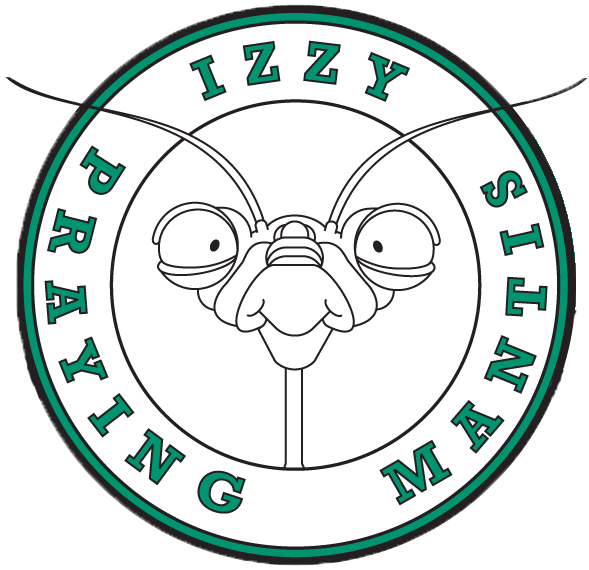 Download This Lesson: There’s a Wiser Way
Download This Lesson: There’s a Wiser Way
Focus Areas: Integrated Pest Management (IPM); Science, Language Arts, Graphic Arts
Focus Skills: summarizing, understanding the main idea
Objectives
- To illustrate an understanding of IPM
- To recognize the need for reduction of chemical applications in pest management
Essential Question
How can Integrated Pest Management reduce the use of chemicals in managing pests?
Essential Understandings
- IPM seeks to understand the lifestyle of a pest and determine the pest population before taking action.
- IPM applies the most environmentally sound methods to pest management.
Background
IPM offers a scientific approach as well as an alternative to indiscriminate chemical use in the management of pests. Combining identification and an understanding of the pest with a variety of environmentally friendly methods of management, IPM seeks to reduce the use of potentially dangerous chemicals among municipalities, families, and the farming community.
In a series of steps, the pest is identified, the impact of the pest population is estimated, and the choice of action is determined. Sometimes, particularly for the homeowner, the best choice is NO action.
For example, spotting several Japanese beetles feeding on rose bushes would not justify taking action, particularly when the action could make the problem much worse. Homeowners frequently purchase “traps” that have attractants for Japanese beetles. They can attract hundreds of beetles that will mate and produce many more beetles to infest your gardens.
So, while chemicals are not universally condemned, they are not the first choice for control. Thoughtful choices must be made, depending on the situation, the potential impact of the pest, and the damage it is capable of causing. When chemical control is deemed necessary as an IPM method, careful attention is given to the toxicity of the chemical, the amount applied, and the safety precautions required.
Vocabulary
biological control the use of natural enemies to control pest populations (ladybugs, bats)
chemical control the use of chemical powders, pellets, or sprays to control pests
cultural (common sense) keeping areas and ourselves ‘pest-unfriendly’ control (garbage collection)
IPM Integrated Pest Management, a method that seeks to manage pests in the most environmentally friendly way
mechanical control tools, machines, or equipment that aid in pest management (such as screens)
Logistics
Time: 30 minutes
Group Size: 5 to 30
Space: an area for creative work
Materials
- 12” x 18” sheets of white paper
- crayons, colored markers
- 8” x 12“ colored paper
- scissors, glue sticks
- Izzy puppet *
- The IPM Song *
- an area for writing that group can observe
* single copy provided
Preparation
- Gather art supplies.
- Review the IPM Song.
- Print the heading IPM Control on the board/chart paper.
- Beneath this heading, create three columns: BIOLOGICAL, COMMON SENSE, MECHANICAL.
Correlations to State of Maine Learning Results: Parameters for Essential Instruction
ELA = English Language Arts, HE/PE = Health Education and Physical Education, MA = Mathematics, SCI = Science, SS = Social Studies, VPA = Visual and Performing Arts
** Alignment possible only if lesson extension is done
|
Grade Span |
Maine Learning Results |
|
PreK-2 |
ELA – E. Listening and Speaking SCI – B. Skills and Traits of Scientific Inquiry |
|
Grades 3-5 |
ELA – E. Listening and Speaking |

